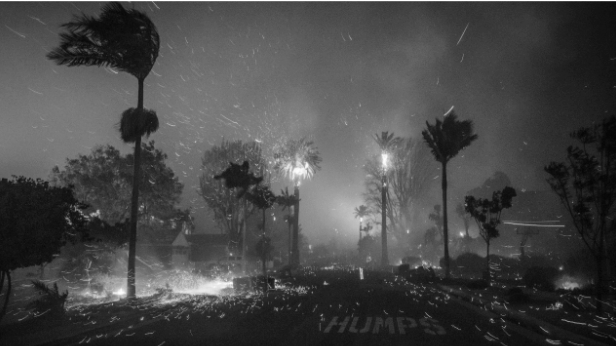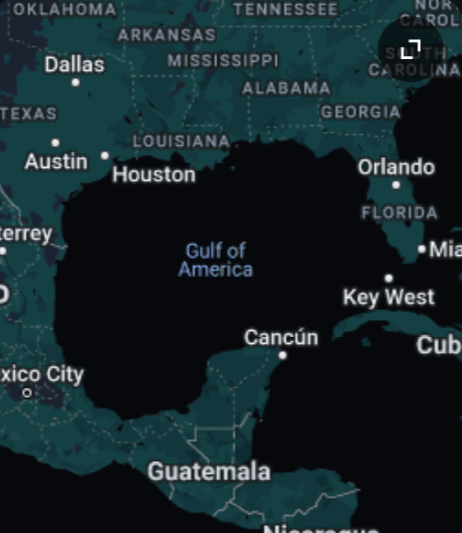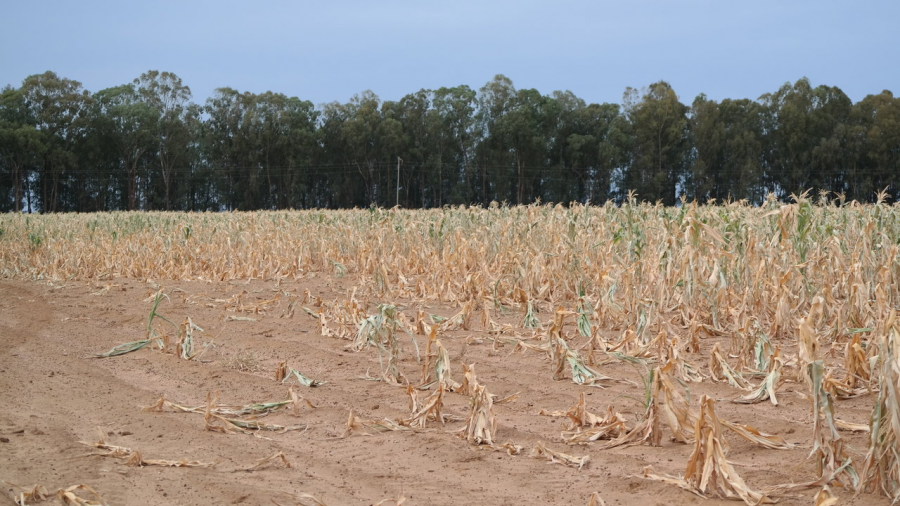Maryland faces drought conditions this fall; Local harvests impacted
Caption: Plants are dry enough to be harvested for fall. They received no rain from Aug. 13- Oct. 3.
October 23, 2019
An absence of precipitation across Maryland has left some farmers with dry crops while others are succeeding. Sept. 2019 was the second driest in the history of the state according to cbs Baltimore.
64 percent of Maryland territory is considered “abnormally dry” by the U.S. drought monitor. This leaves MD out of the range that is a technical drought.
Fall is a large growing and harvest season for farmers across Maryland. Andrew Kness, an agent from The University of Maryland Extension says, “drought has certainly affected crops this year especially vegetables, hay, pastures, ground cover, small grains, and late season soybeans.”
In the case of Twin Pine Farms in Whiteford, Kelly Kamyszek says, “the lack of rain didn’t really influence our crops or harvest. We planted about 30 acres of alfalfa after chopping corn. We haven’t gotten rain since Aug. 13 until Oct. 3, so we will have to replant the alfalfa in the spring.”
Kness says, “the dry weather actually aids in harvest for many crops, especially with our grain crops (like corn and soybeans) and hay. Grain must be dried before harvesting and storage. For corn the ideal moisture is 15.5 percent and for soybeans its 13 percent. Achieving this moisture percentages is critical to store the crop properly. To wet and it will spoil or to dry can catch the grain bins on fire.”
FOT teacher Mr. Brian Dougherty owns Dougherty Farms and adds “during the growing seasons for corn, soybeans, and hay there were timely rains. The yield this year was excellent. When the crops finished growing, the rain stopped. We experienced an exceptional span of days with no rain. This was a benefit to us.”
“If it is too dry, some fall crops will struggle. Typically crops are planted to provide soil cover and nutrient uptake during the winter months. So far cover crops either have not been planted or those that were, are struggling very much to establish due to the lack of soil moisture,” according to Kness.
The lack of rain has also affected the area’s livestock. “Hot and dry weather has forced our cool season grasses to stay dormant. Farmers will have to feed livestock more supplemental feed and hay this winter as a result of short, low yielding fall pasture,” stated Kness.
Kness also added, “The drought also affects late summer and late fall/winter fruits and vegetables. These farmers have to irrigate longer and more as a result, which is an added expense,” he says “when the fall is to wet, it takes a very long time for grain to dry to proper harvest and storage moisture, so farmers have an added expense of drying grain in a grain dryer.”

















